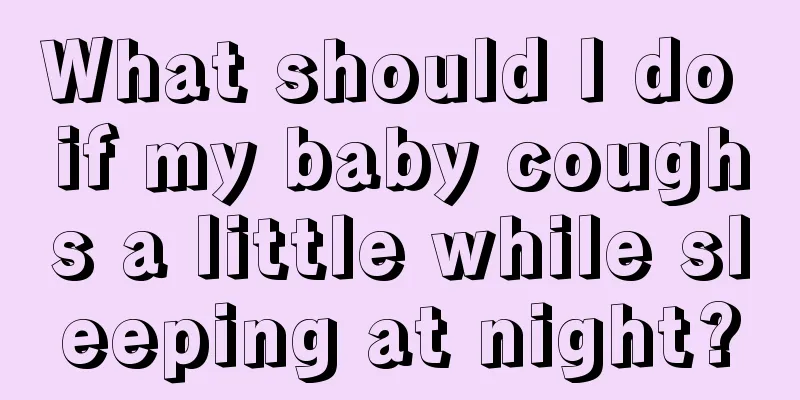Prevention of mycoplasma infection in children is like this

|
Mycoplasma infection in children is mainly a human respiratory tract infection caused by MP. This is because children's respiratory immune function is relatively weak. Therefore, it is particularly important to understand the transmission routes of mycoplasma infection in children and prevent it. In fact, the prevention of mycoplasma infection in children mainly involves reasonable nutrition, proper exercise, and enhancing children's immunity. Prevention of mycoplasma infection in children Reasonable nutrition and adequate physical exercise can improve children's ability to adapt to the environment and help improve the body's resistance to MP. Pay attention to keeping the environment clean, ventilate the child's residence frequently, and try to avoid contact with relatives who may be carrying MP to reduce the chance of infection with MP. Preventing and treating common underlying diseases in infants and young children, such as malnutrition, rickets, and anemia, can also help reduce the infection rate of MP. For children with recurrent respiratory tract infections, they can take some immune enhancers under the guidance of a doctor. Actively developing MP vaccines is expected to reduce the infection rate of MP in the population. Most children with MP infection have a good prognosis. Although the course of the disease is sometimes long, they can eventually recover completely. Complications are rare, with only occasional cases of otitis media, pleural effusion, hemolytic anemia, myocarditis, pericarditis, meningoencephalitis, and mucocutaneous syndrome. Relapses may occur occasionally, and sometimes lung lesions and lung function recover slowly. Transmission routes of mycoplasma infection in children MP is mainly transmitted through respiratory droplets. Sporadic cases can be seen throughout the year, but are more common in winter. Regional epidemics occur approximately every 3 to 7 years and are characterized by a very long duration, which can last for more than a year. In addition to MP pneumonia, bronchitis, tracheitis and pharyngitis may also occur. Many outpatients have mild symptoms and are easily missed if serological tests are not performed. The disease is more common in school-age children, but it can also occur in preschool children. After recovery, some children may carry the pathogen for a long time. |
<<: There are 9 dietary taboos for children with mycoplasma infection
>>: The early symptoms of polio are like this
Recommend
Isotope therapy for infantile hemangioma
Isotope therapy is a new treatment method. Many d...
Introduction to the condition of neonatal gastrointestinal bleeding
Gastrointestinal bleeding in newborns has a relat...
What to do if a 3-year-old child has eczema?
Many mothers are very concerned about the problem...
The child suddenly developed a fever without any symptoms
Fever is a common symptom in children, and there ...
What are the symptoms of mycoplasma and chlamydia infection in children?
The symptoms of mycoplasma infection in children ...
The child has a low-grade fever of more than 37 degrees
Although a person's normal body temperature i...
What should I do if my child has a fever and bacterial infection?
If some children are in poor health, the patients...
What are the causes of newborn skin peeling?
Newborns are the ones we need to focus on protect...
Why does a newborn baby cry and not sleep during the day?
Mothers with children all know that when the baby...
Reasons for a three-year-old baby to cough and vomit
The baby is still young and his physical quality ...
Reasons for baby's loose stools
Nowadays, every child is the treasure of the fami...
Why does my baby cough in the middle of the night?
Many people are familiar with coughing. Once you ...
What should I do if my child’s teeth are crooked?
Nowadays, people pay more and more attention to d...
Why does a child have diarrhea after eating shrimp?
Shrimp is very nutritious, but why do some childr...
What is the best way to treat cough and asthma in children?
Asthma is a respiratory disease. I wonder if you ...









